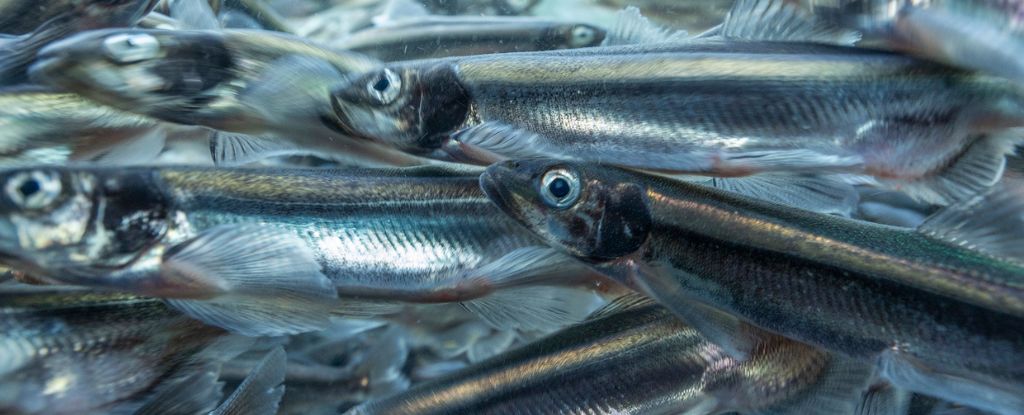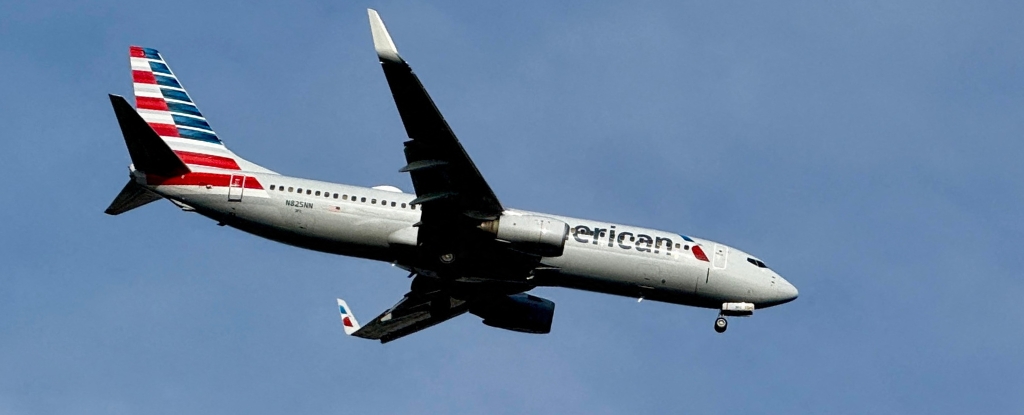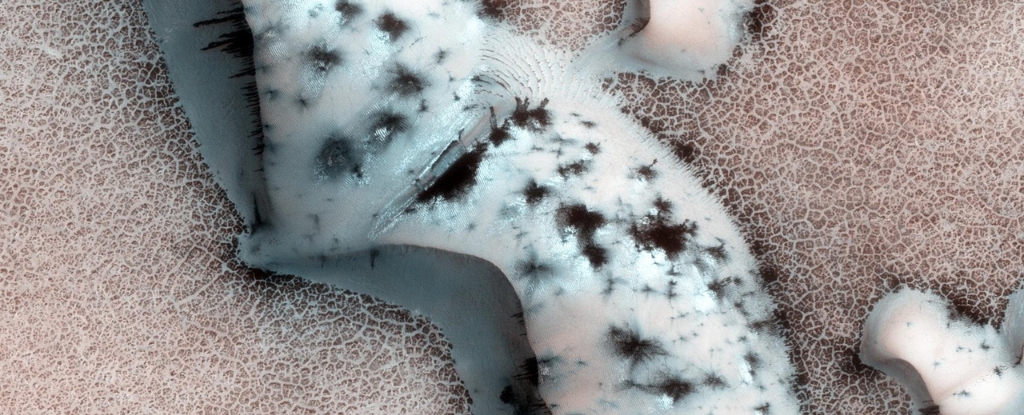More than 10 million schooling capelin were devoured by cod collecting off the coast of Norway within just a few hours in what’s claimed to be largest predatory slaughter ever recorded.
Making a lie of the saying “there’s safety in numbers,” it was the intense massing of the fish that may have attracted the predators, according to researchers from Massachusetts Institute of Technology (MIT) in the US and the Institute of Marine Research in Norway.
“It’s the first time seeing predator-prey interaction on a huge scale, and it’s a coherent battle of survival,” says MIT ocean engineer Nicholas Makris.
Makris, along with MIT engineers Shourav Pednekar and Ankita Jain, and Institute of Marine Research behavioral ecologist Olav Rune Godø, observed the dynamics of the massive event by echoing soundwaves from the animals’ swim bladders.
The team used a novel technique of wide-area multispectral underwater-acoustic sensing to track frequencies specific to the different species, allowing the researchers to monitor their interactions over an area of tens of kilometers.
“Cod have large swim bladders that have a low resonance, like a Big Ben bell,” explains Markris. “Whereas capelin have tiny swim bladders that resonate like the highest notes on a piano.”
Capelin (Mallotus villosus) gather into massive shoals to save energy as they migrate from the Arctic to Europe every February. This shoaling behavior allows them to ride off each other’s currents and move collectively.
“If they are close enough to each other, they can take on the average speed and direction of other fish that they can sense around them, and can then form a massive and coherent shoal,” explains Markris.
But shoaling comes with a risk.
The newly analyzed data from 2014 captured up to 23 million individual capelins clustering together. In response, 2.5 million predatory Atlantic cod (Gadus morhua) also organized into their own shoal, preparing to feast.
“This is happening over a monstrous scale, and we’re watching a wave of capelin zoom in, like a wave around a sports stadium, and they kind of gather together to form a defense,” explains Makris.
“It’s also happening with the predators, coming together to coherently attack.”
Luckily, the anchovy-sized capelin number in the billions, so the event the team recorded would have wiped out at most around 0.2 percent of the population. But understanding predator-prey dynamics becomes more important as numbers of large shoaling fish species are in decline.
A shocking 97 percent of migrating fish species are currently at risk of extinction, including highly valued species like Atlantic salmon.
The sound-based imaging Pednekar and colleagues used could help researchers identify fish species on the brink of collapse.
“In our work we are seeing that natural catastrophic predation events can change the local predator prey balance in a matter of hours,” explains Makris.
“That’s not an issue for a healthy population with many spatially distributed population centers or ecological hotspots. But as the number of these hotspots decreases due to climate and anthropogenic stresses, the kind of natural ‘catastrophic’ predation event we witnessed of a keystone species could lead to dramatic consequences for that species as well as the many species dependent on them.”
The team have already used similar techniques to explore the population dynamics of cod populations, which are also in decline. They found if populations drop below the average number of individuals in a shoal it becomes much harder for them to recover.
Their research was published in Nature Communications Biology.





